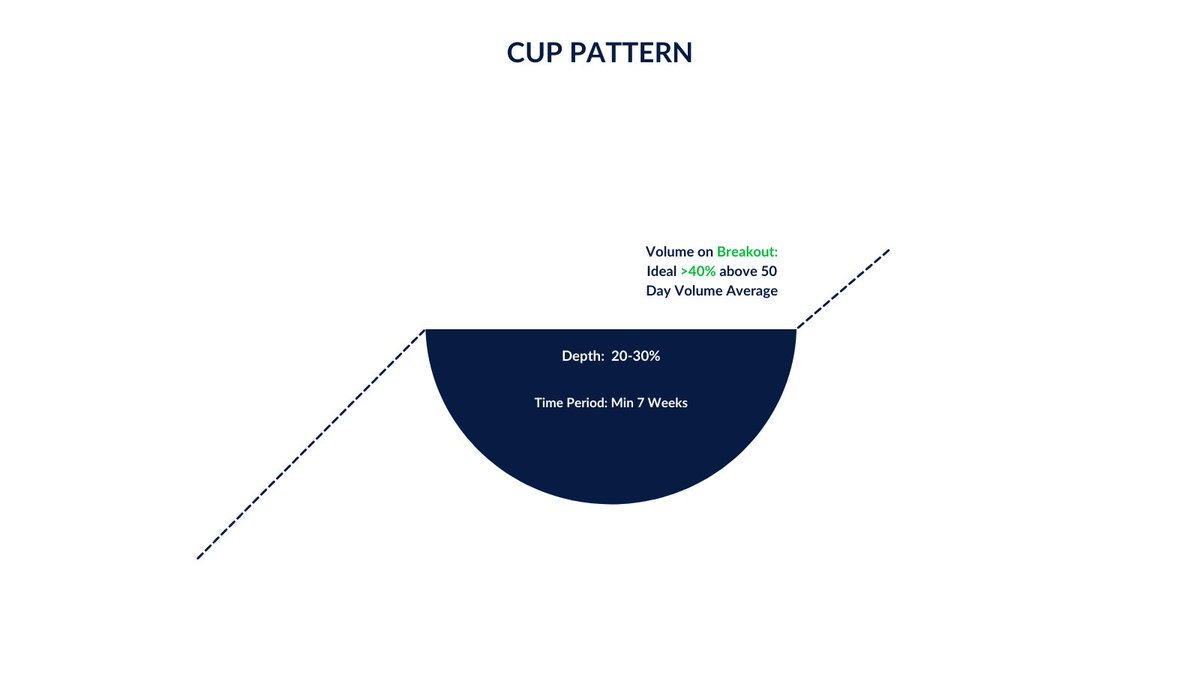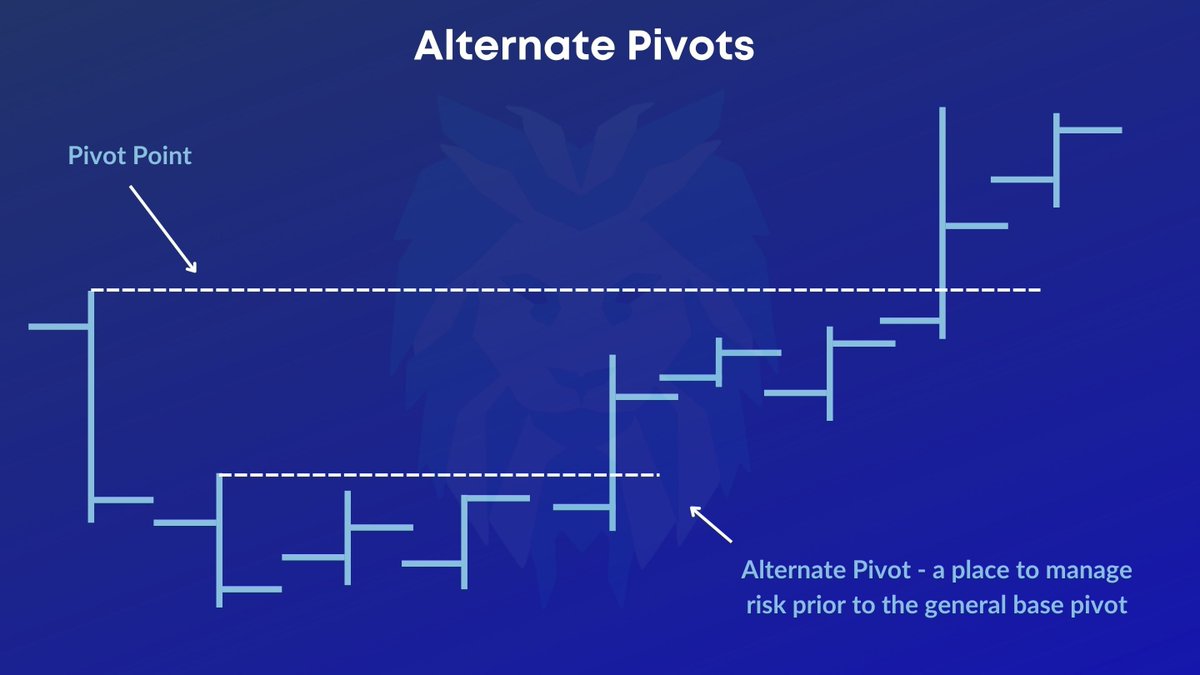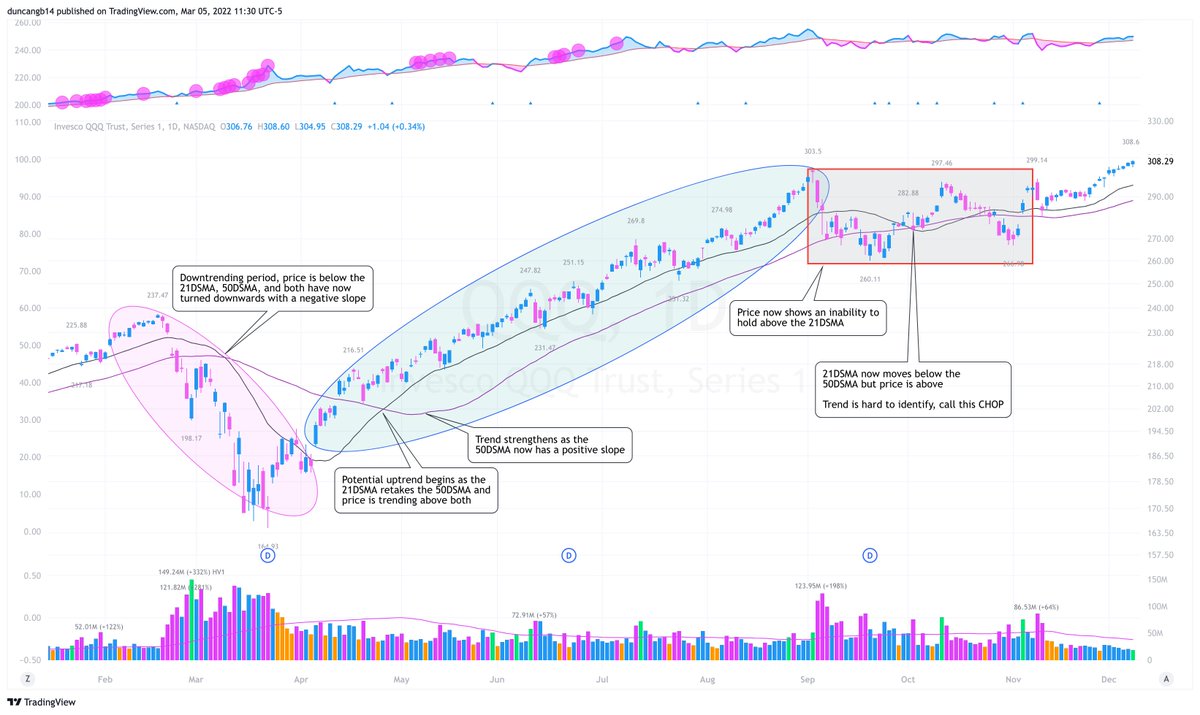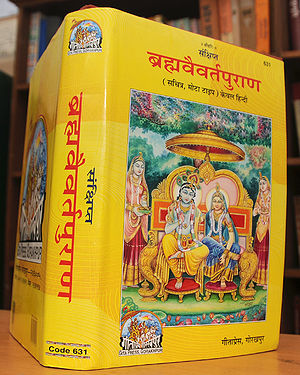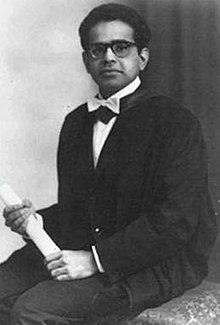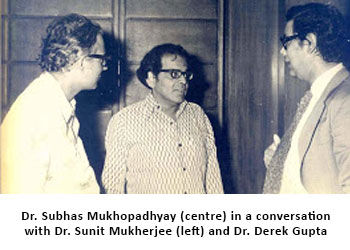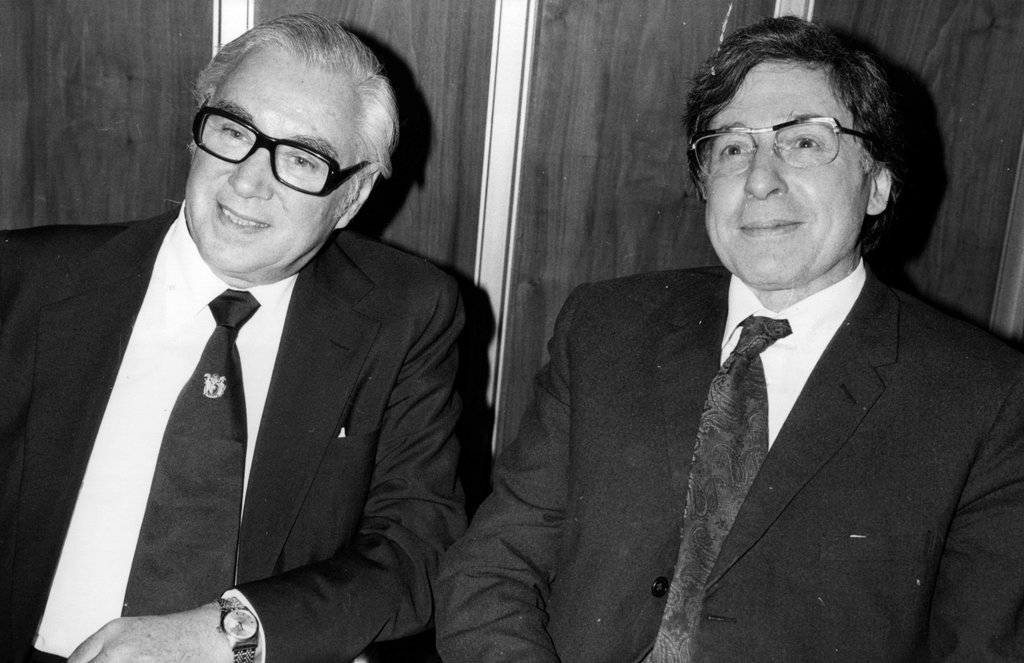In this thread we will break down the components of a successful trading system for consistent returns in the markets 👇
In this thread we will break down the components of a successful trading system for consistent returns in the markets 👇
1. Market
2. Time Frame
3. Edges
4. Entry Tactics
5. Setups
6. Rules & Risk Management
7. Journaling
8. Post Trade Analysis
The financial markets are divided into the following 👇
1. Equity
2. Bond
3. Futures
4. Forex
5. Commodity
Each market requires a different set of knowledge, skill, experience, and know-how.
Day Trade
Swing Trade
Position Trade
Combination of all the above
Time Frame often aligns with a traders personality, lifestyle, goals. 🧠
Often times day traders use a lower time frame to buy/sell in their respective market. This usually corresponds with an intraday chart (1 minute, 5 minute, 15 minute, etc) all the way up to a daily chart.
You may miss out on bigger moves, but it may be easier to sleep at night knowing you have no money at risk.
Swing traders will primarily focus on the daily/weekly charts, accepting the overnight risk & play for a bigger move over the span of a couple days to a couple of weeks.
Executions usually occur on a lower time frame with the longer term trend in mind.
Position Traders are also using the daily/weekly timeframes, but add in the monthly as well.
These traders are looking to hold on to their positions for multiple weeks to months.
When identifying your style in the markets, it is normal to try out different time frames & see what works best for your personality.
The only thing that matters in the market is extracting an income over a large sample size, how you do it is up to you.
According to Mark Douglas, "An edge is nothing more than an indication of a higher probability of one thing happening over another."

This comes from repetitive study of patterns seen in the biggest winners from the market and the timeframe that you are trading.
You have to understand the common themes that each winner displayed before they run up in price.
WON was able to create and build CANSLIM by looking at the Fundamentals & Technicals of the strongest winning stocks of his time, building a set of concrete rules to catch these moves.
An Introduction to CANSLIM (Thread)
— TraderLion \U0001f981 (@TraderLion_) June 5, 2021
To do this, we need to have defined criteria that allows us to manage our risk so that if the trade goes against us, we don't lose all of our capital.
Managing risk is the most important part of a Setup.
This is the most important part of any system in any market. Without proper risk management, you are susceptible to unnecessary drawdowns leading to emotional swings.
There are many different ways to approach this area of a system, but the most simplistic form of defining your risk parameters looks like this:
- Rules
- Proper position sizing
- Risk/reward ratio
Rules act as guardrails to make sure your behaviors in the market are contained and repeatable.
Trading is an emotional game. Rules help prevent you from damaging yourself when things may feel out of control.
3 losses in a row = a multi-day break.
During a Market Downtrend (below 21ema) = look for shorts more than longs
Taking x amount of days off per year to BUILD mental capital.
No big losses = having a MAX, non-negotiable stop loss for every single trade.
We want to make sure our exposure is large enough to make significant progress in our overall account but also small enough to keep losses in control when we are stopped out
Traders are wrong more than they are right, so position sizing correctly is key.
You would have to lose on 10-20 trades in a row to lose 10% of your account.
On e of the major key to super-performance is to never let your account value fall too far from all time highs
You always want to make sure your gains are at least 2-3x your losses. If you are risking $100 on a loser, you want to be making $200-300 on your winners.
Following these parameters means you can be right only 1/3 times and still not lose money.
This skill comes with experience but is an important part to super performance.
When trading any market, it is essential for you to understand how your emotions impact your overall trading
To accurately track this and learn from your emotions, you need to write down what is going on in your brain during the trading session.
- Feelings premarket
- Intraday executions, with reasoning and edge defined
- Emotional swings during the day
- Grading your trading execution post market.
PTA helps you see what is working vs. what is not working.
It acts as a report card.
This is when we need to be the most honest with ourselves in our trading.
In may be painful to go through past losses but sometimes looking back on your past trades is the only way to catch flaws in your decision making.
- Tracking win rate on a per edge basis (is your edge working more than others)
- Avg gain/loss
- Batting average
- How you handle losing streaks (do they get worse, do you stop trading, etc.)
The outcome of PTA should be an improved system overall.
What component do you think is the most important?
Let us know your thoughts below 👇
https://t.co/C7fXaDuNmF
8 Steps to building a Trading System (Thread)
— TraderLion \U0001f981 (@TraderLion_) February 19, 2022
\U0001f9f5 pic.twitter.com/8NSvaVAUGw
More from TraderLion 🦁
More from Traderlion
You May Also Like
These 10 threads will teach you more than reading 100 books
Five billionaires share their top lessons on startups, life and entrepreneurship (1/10)
10 competitive advantages that will trump talent (2/10)
Some harsh truths you probably don’t want to hear (3/10)
10 significant lies you’re told about the world (4/10)
Five billionaires share their top lessons on startups, life and entrepreneurship (1/10)
I interviewed 5 billionaires this week
— GREG ISENBERG (@gregisenberg) January 23, 2021
I asked them to share their lessons learned on startups, life and entrepreneurship:
Here's what they told me:
10 competitive advantages that will trump talent (2/10)
To outperform, you need serious competitive advantages.
— Sahil Bloom (@SahilBloom) March 20, 2021
But contrary to what you have been told, most of them don't require talent.
10 competitive advantages that you can start developing today:
Some harsh truths you probably don’t want to hear (3/10)
I\u2019ve gotten a lot of bad advice in my career and I see even more of it here on Twitter.
— Nick Huber (@sweatystartup) January 3, 2021
Time for a stiff drink and some truth you probably dont want to hear.
\U0001f447\U0001f447
10 significant lies you’re told about the world (4/10)
THREAD: 10 significant lies you're told about the world.
— Julian Shapiro (@Julian) January 9, 2021
On startups, writing, and your career:




